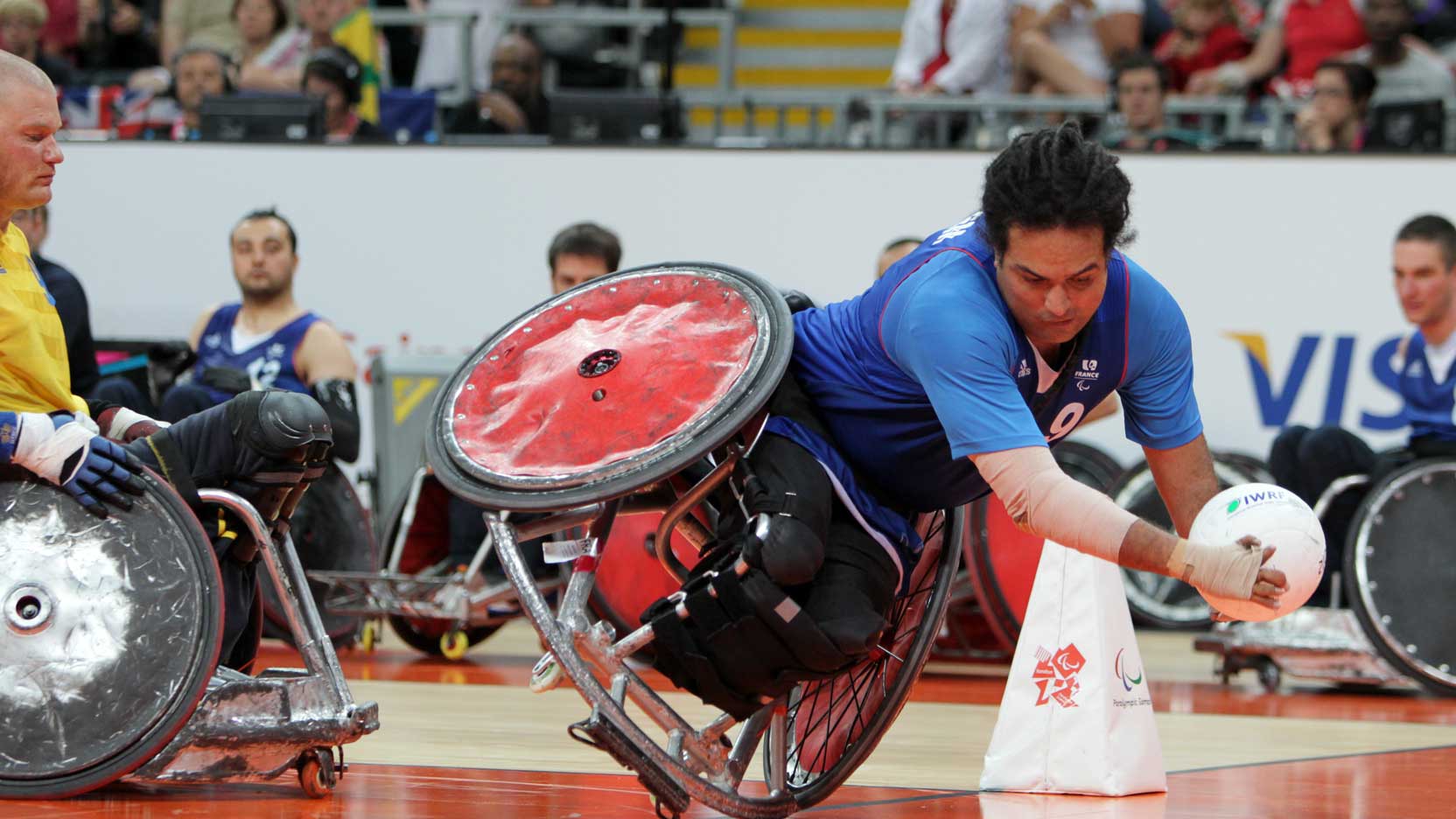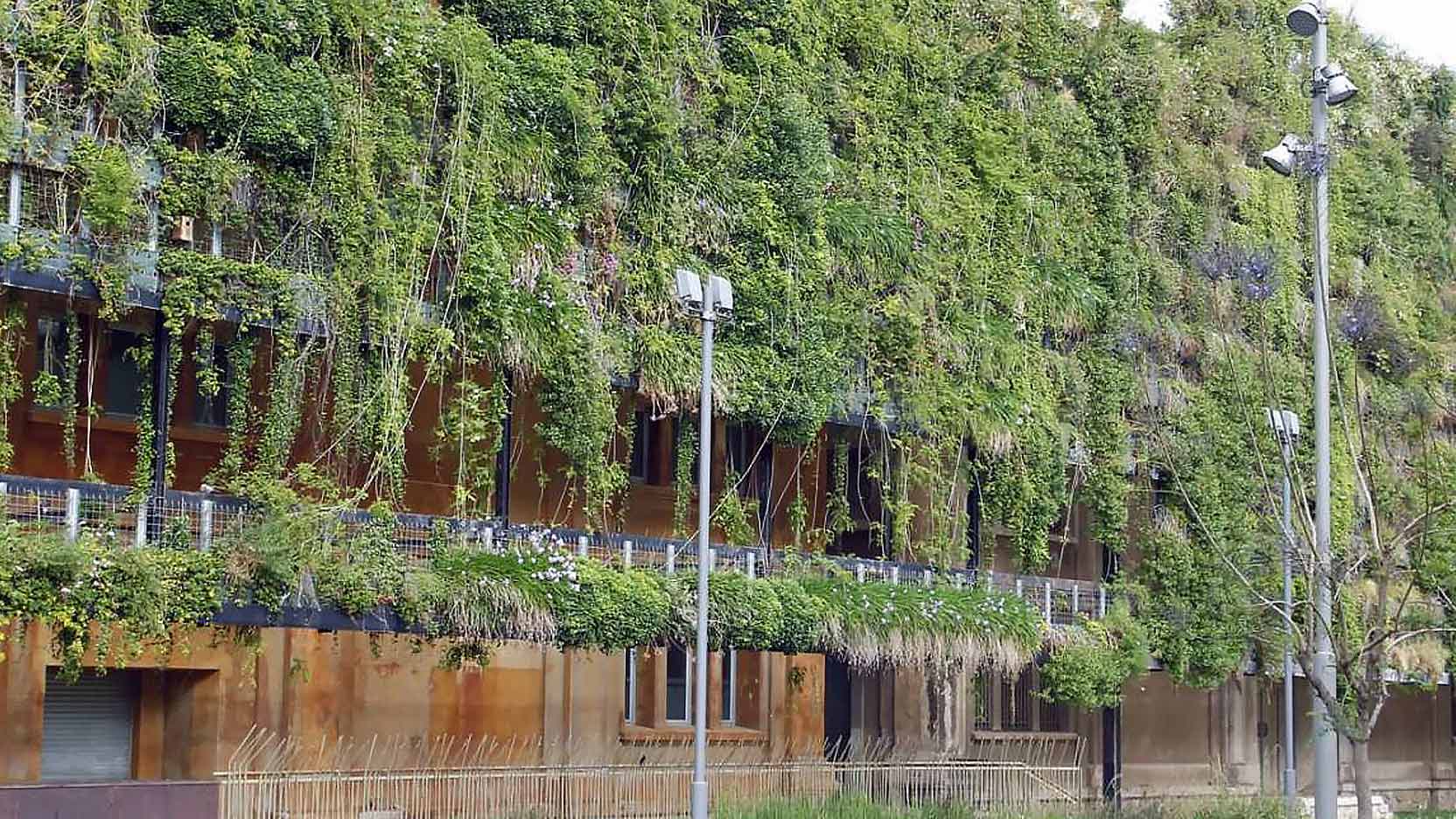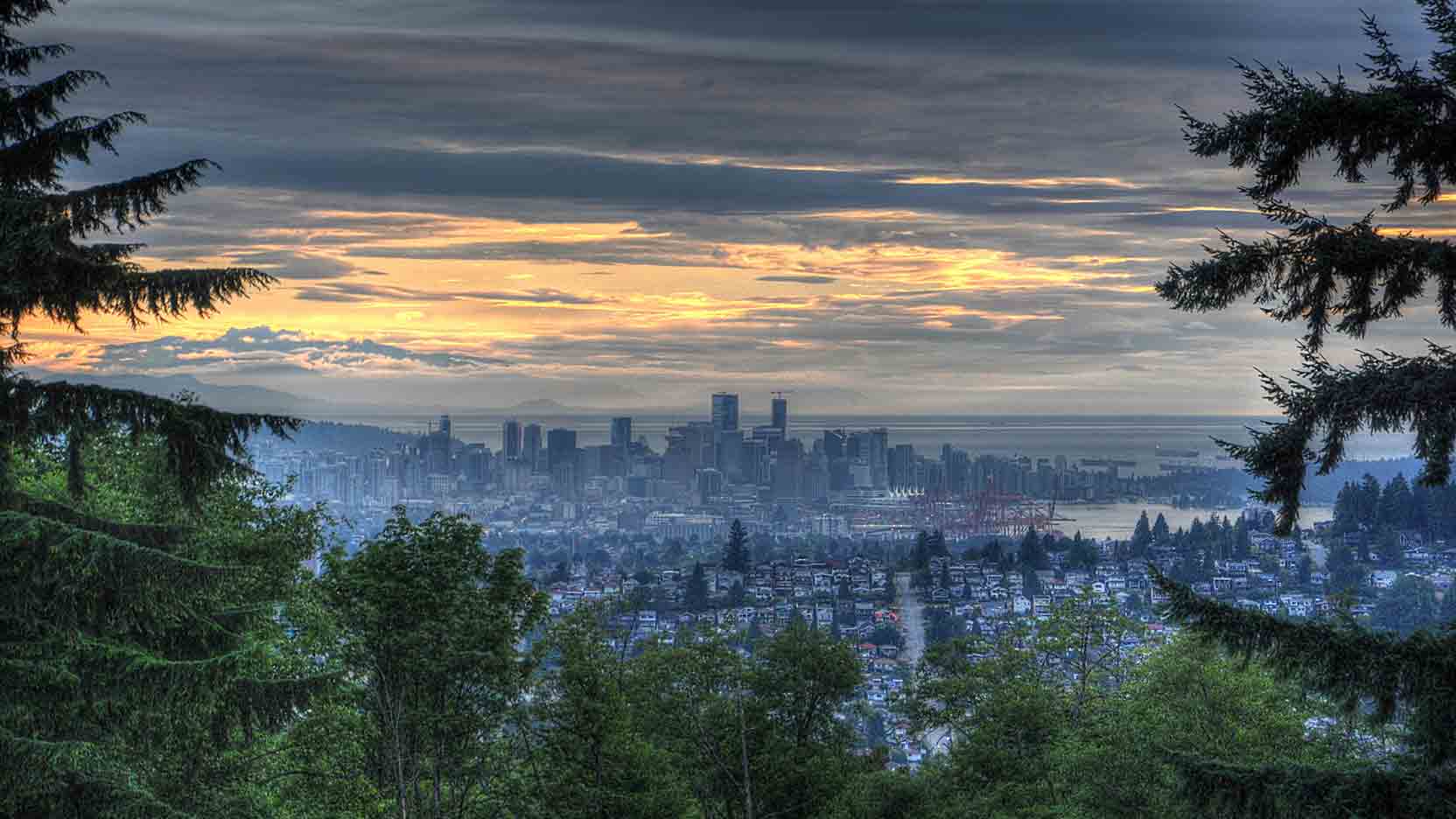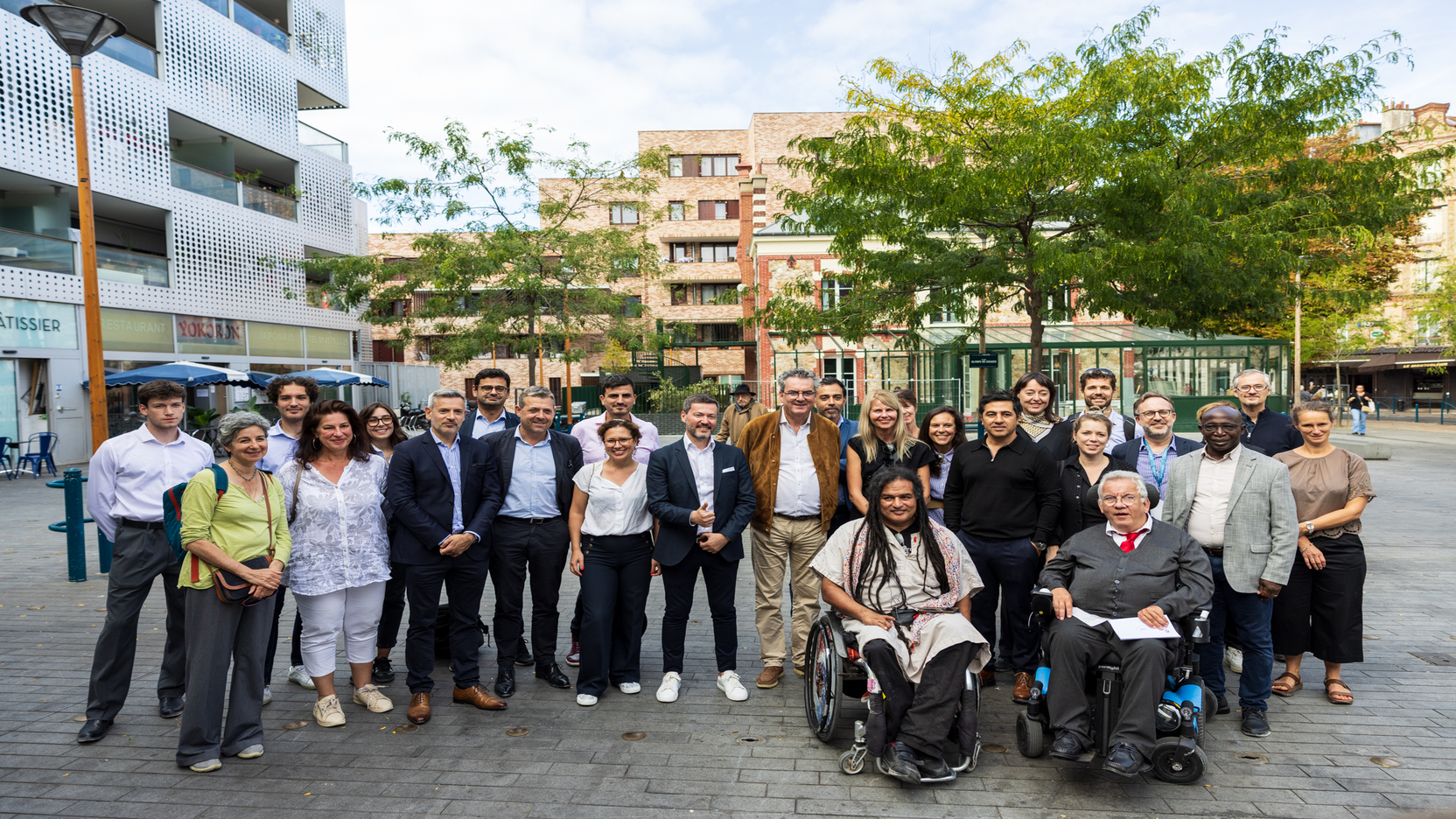Ryadh Sallem is a multi-time champion in handisport swimming, wheelchair basketball and wheelchair rugby, as well as the co-founder of the association CAPSAAA* and advocate for inclusiveness. He was also one of the people behind the idea of the Cité Universelle, now under construction in Paris in the district known as La Marseillaise. For this reason, we wanted to hear more about how he sees the future of urban environments, the place he imagines for nature, interactions and sport, and his perspective on accessibility. Interview.
How would you describe the ideal city of the future?
It would be a city shared with the living world. Which implies erecting and developing the city with nature and animals in mind, and teaching city dwellers how to live with specific birds, specific rodents and specific insects.
It’s ideal because it’s the very meaning of life. Originally, it drew upon an equilibrium. However, our development choices, particularly urban expansion, have contributed to the imbalance we see today. If we continue thinking in this skewed manner, we as humans may well have to cope with major health, social, environmental and, above all, political risks, and will bring all the species with us into this dramatic narrative.
If we are unable to accept the living world, when it is the source of our nourishment, of the air we breathe and the very habitability of this Earth, then we are headed nowhere. If we build the future with dead materials, we will end up with dead cities.
Places where, one century from now, there will be nothing to absorb carbon or control heat. The city of the future must be accessible to all things living.
How do you imagine this place for nature in the city of tomorrow?
Regulations will have to change to limit the carbon footprint of construction. Today, the work and advances being made on wood are already promising, as are the recent green roof and shared garden projects being rolled out.
We will soon need to be more ambitious though. We have billions of hectares of horizontal and vertical land that are not being put to use. We should be anticipating the integration or reintegration of living things, upstream from any urban, construction, renovation or facilitation project. And each time we create spaces where we know that plants will grow and climb, that animal species will find a refuge, etc. Recent creations have shown that this is possible: the peregrine falcon, for example, which no one had seen in Paris since the late 1940s, is returning to nest on certain roofs of the capital. It’s not just a matter of reintegrating one species or another, it’s about re-establishing a balance. Hawks, for example, catch pigeons and rats, preventing their overproliferation in cities.
We belong to a species with a conscience. Thus we have the ability to analyse our impact on our environment. In reality, we should be shepherds to the Earth — protectors, not predators. We should use our intelligence to spawn life and live together in peace.
How does the La Cité Universelle illustrate this?
La Cité Universelle is a place accessible to all those who bear the values of freedom, equality and fraternity, dear to our country. It offers freedom: when you cannot move around and travel in a space, you are not free. It offers equality: by enabling everyone, including the most vulnerable, to enter a place through the same doors and the same ramp. In La Cité Universelle, disabled people do not have to go through the service rooms or the dustbin area to reach the inside!
Accessibility is therefore not thought out separately, on the side. It is designed a priori. It’s an inclusive city. In this sense, it is a fraternal project because it is generous and unifying.
Moreover, while our societies have succeeded in prolonging life, they still know little about extending autonomy. With this type of building, this becomes possible.
That’s why I have held hard to this idea of a Cité around disability – which has become “universal” – since 2011. A Cité that was finally able to materialise when I met GA Smart Building, which committed to this original project, took up my challenge. They immediately realised how meaningful it was for a shared future.
Now under construction, this Cité will not only give pride of place to sport, but will also be home to a hotel-restaurant section, a health centre, shops, offices and catering. All of which will be put to very good use in organising the international Paralympic competitions.
As to the architecture, it will be encircled by an elegant embroidery of sorts, with a ramp running from the bottom to the roof, draping the building. I wanted to symbolise universal access and the architects have splendidly decorated this place of tomorrow. A place that raises the environment around it, built on a Parisian address but located on the other side of the ring road and offering a 360° view. In this sense, it is, in my opinion, embodies the Grand Paris philosophy.
Of course, inclusive building assumes human and financial investment. It will be profitable in the long run, though, in a future that will need to be inclusive if it is to be at all.
How should we think about inclusive cities?
We can ask the users — that is important. One of the fundamental certainties of the Festival of Dialogues in Humanity is that we are all experts in our daily lives. Thinking about an inclusive city therefore requires listening to everyone’s needs to find collective solutions. Of course, you don’t make a city, a neighbourhood or a building for a single person. You inspire, you share and you spread. What we need to do is thus move away from the usual schemas of design and professional niches that have too often led us to build in a manner contrary to common sense.
It’s about listening to the citizens, especially the younger ones, as I see every year when organising the rally Educapcity, where we measure their expectations in particular. My son, for example, recently told me that if I were elected to public office, he would like me to plant trees and put animals in schools because “the ground is burning hot”. It was simply put, but right on-target. And animals will always be friends to students left out by others.
What place does sport have in the ideal city?
We are living beings and life is movement. We need to move, both indoors and outdoors. And it’s not just about being mobile to go to work and take the subway. I feel like it is essential that people be able to move for their enjoyment, for recreation, to push back their bounds, take on new challenges, come in contact with one another, and create emulation. Making that extra effort can be a painful process, but with a little practice, it serves the ultimate cause, which is well-being. You end up feeling better individually but also as a collective. We will be more open to conviviality, interaction and challenge.
Sports brings people together. Clearly so. Why do I say this? Two things bring humans together: war and celebration — both of which are found in sports. It is an internal war and sometimes a bit with others, with the adversaries. But these are peaceful wars. There are no deaths. And once we’ve made that effort, once we’ve butted heads, we go out for a drink, talk, and share food. We celebrate.
Do sports infrastructures need to evolve to build the vibrant and inclusive city of your dreams?
Yes. Today, you think “sport” and you have a gymnasium or an outdoor pitch built. However, tomorrow, when we build residential buildings, why shouldn’t we make them multi-purpose, with modular spaces? A many-faceted structure that does not serve just one or two functions. It’s the same with biodiversity.
Building to be able to live and therefore create shared spaces that can be arranged and developed. With common rooms, to hold children’s birthday parties, co-ownership meetings, multi-sport activities or artistic performances.
There needs to be biodiversity in everything, and diversity in everything. The City in the broad sense of the term needs to be rethought so that it echoes the living world outside and inside its walls. And if we think of the City keeping in mind our elders, our children, our disabled people, and the plant and animal environment around us, we will come up with a generous, intelligent and caring city of the future. Then, the word “inclusive” will not be just a buzzword, but something concrete and real, that conveys a meaning.
As a Brazilian artist sang at the last Paralympic Games in Rio in 2012, “a dream you dream alone is a dream, a dream you dream together is a reality”. I would therefore like to thank GA and all those involved in this project for making my dream — L Cité Universelle — a reality.
An article by Usbek & Rica
*CAPSAAA (cap sur Aventure, Art, Amitié) is a multi-sports association that works in schools, businesses and prisons through initiatives to raise awareness about disabilities and prevent risky behaviours.
Ryadh SALLEM, ESS entrepreneur, Paralympic Athlete and “Paris 2024” Ambassador.



